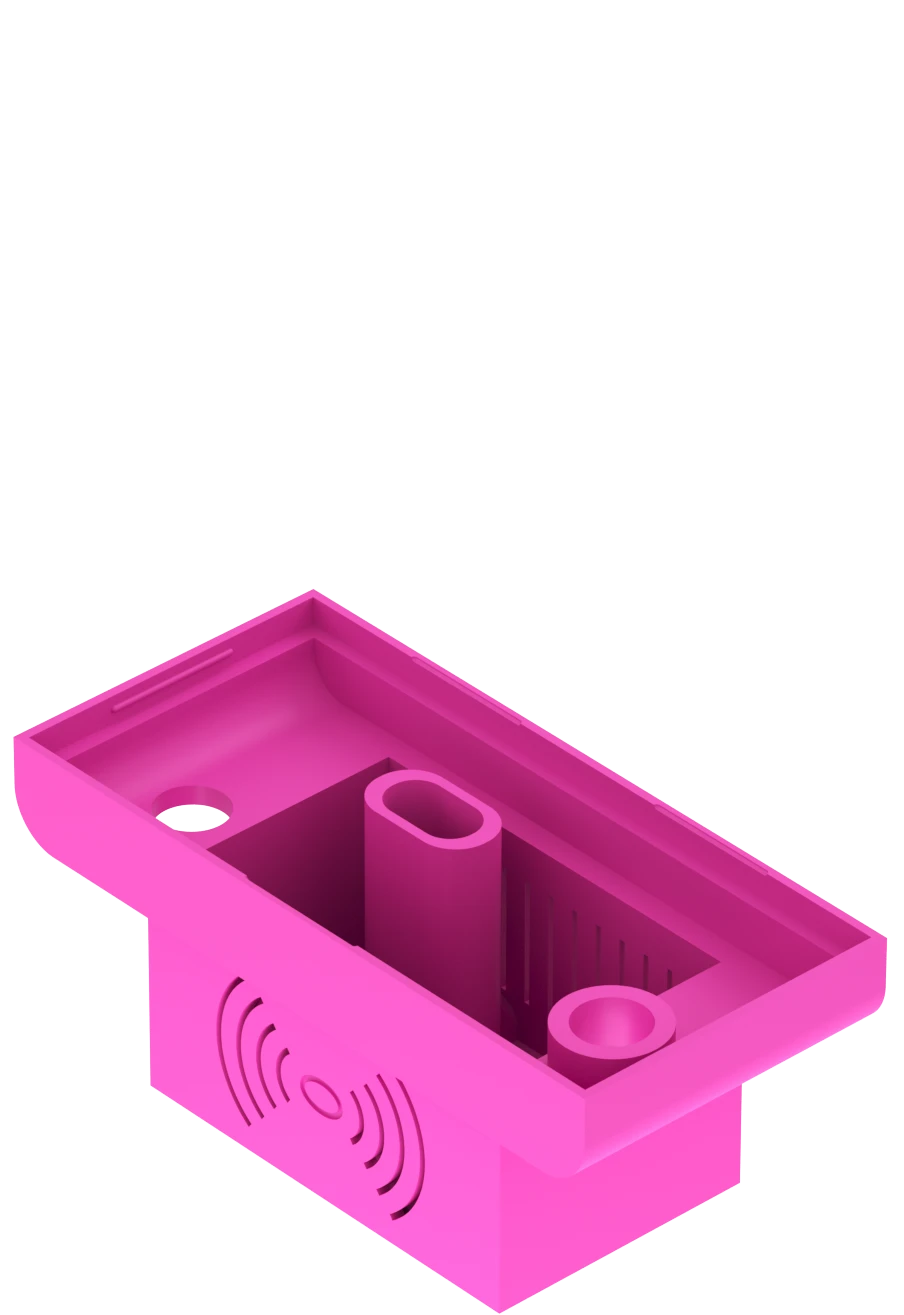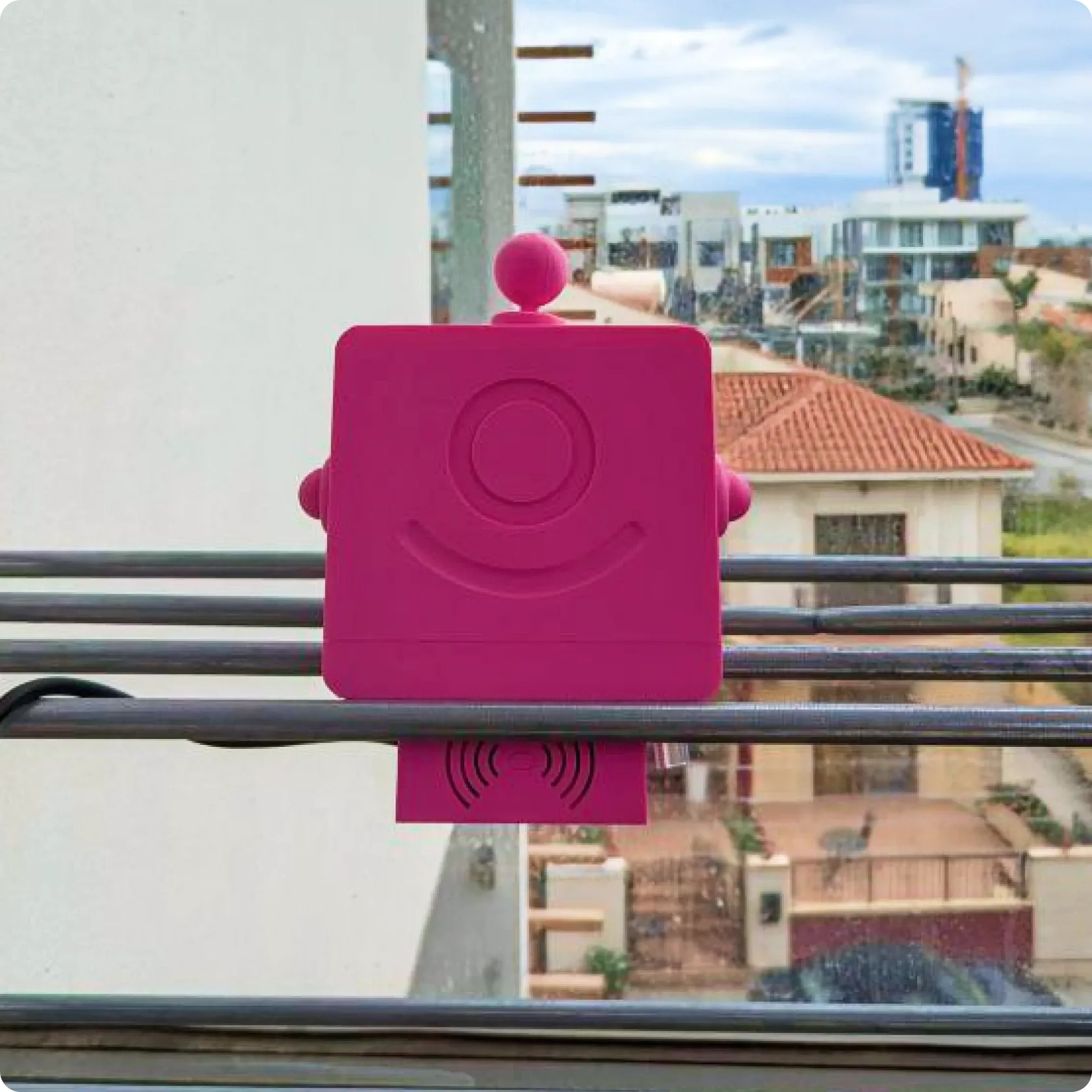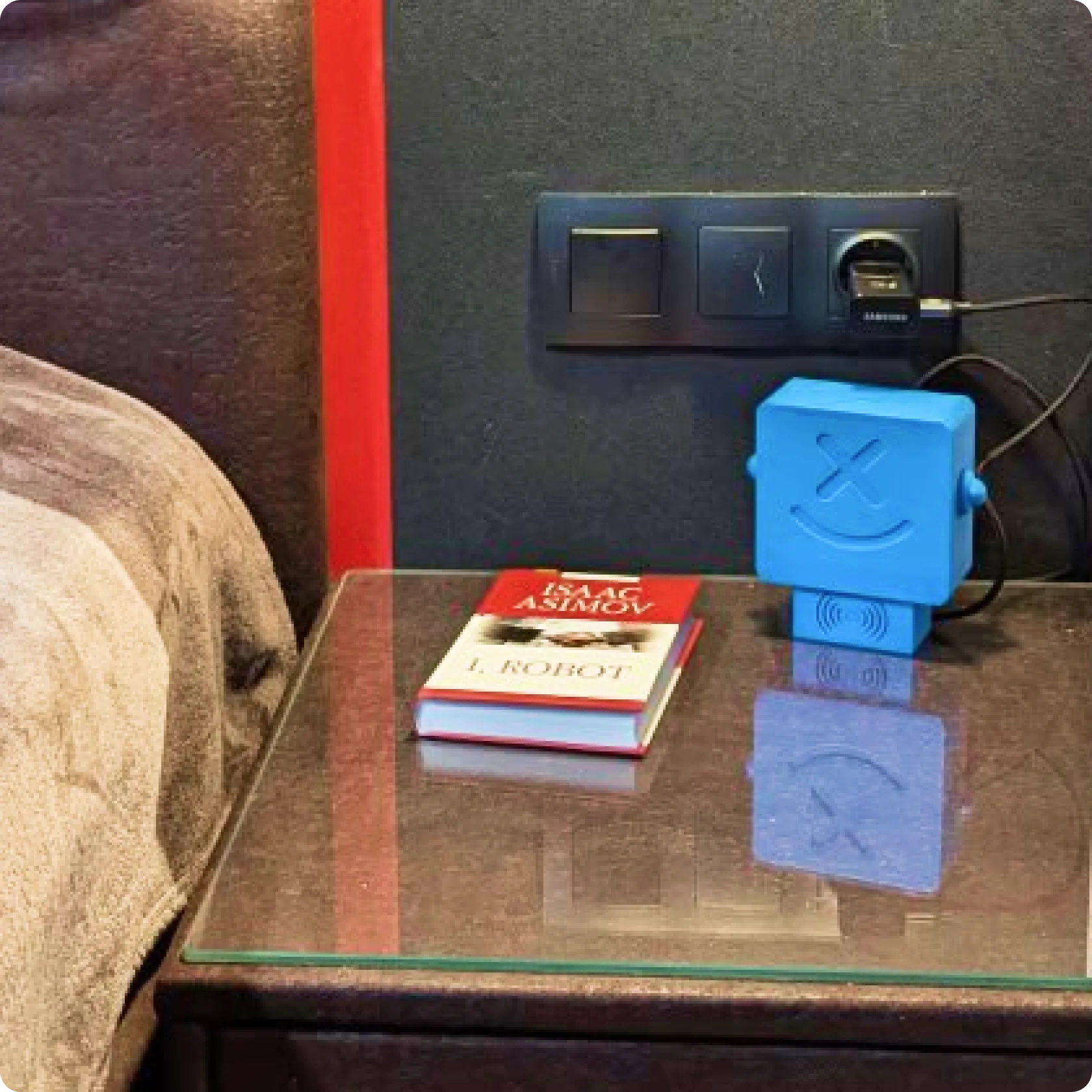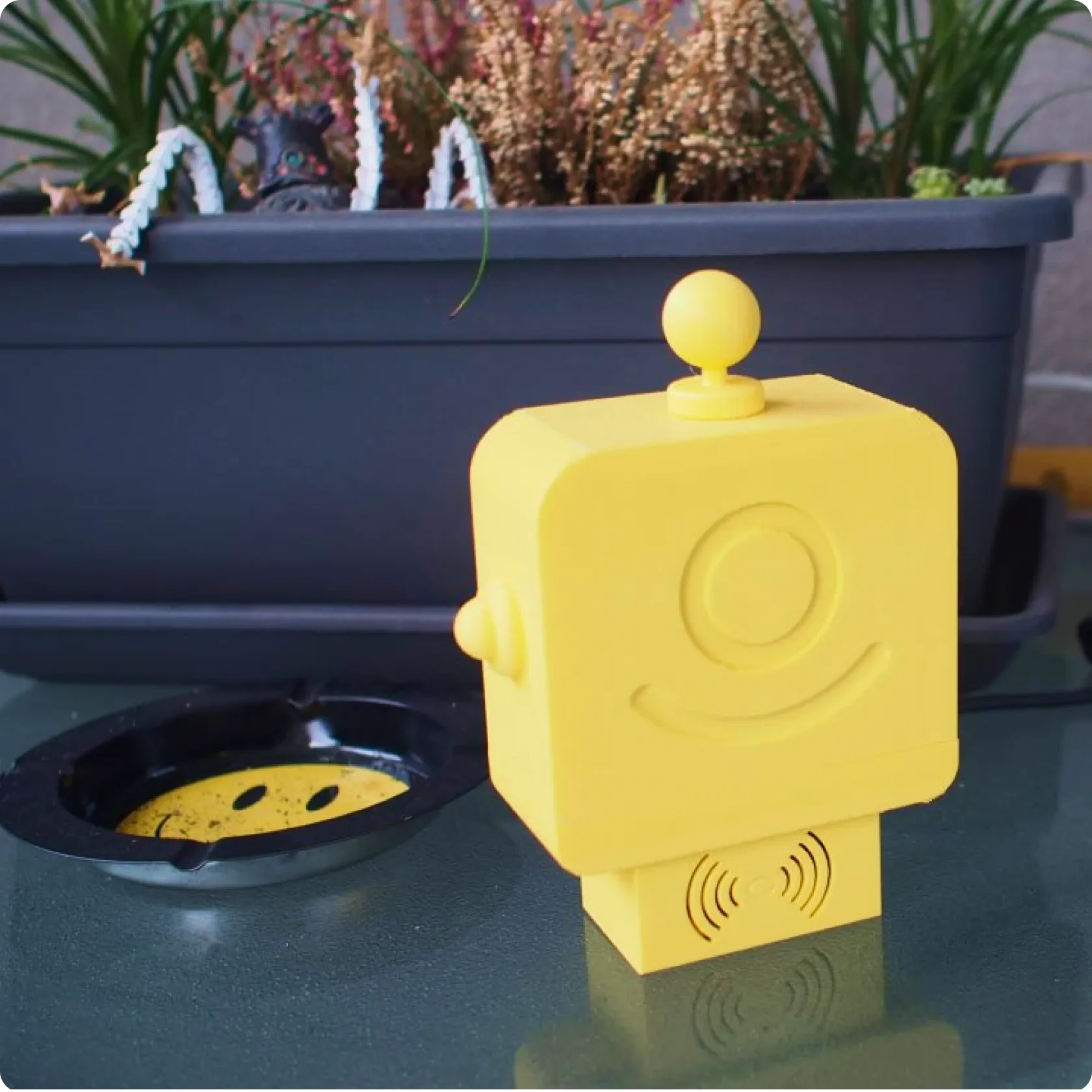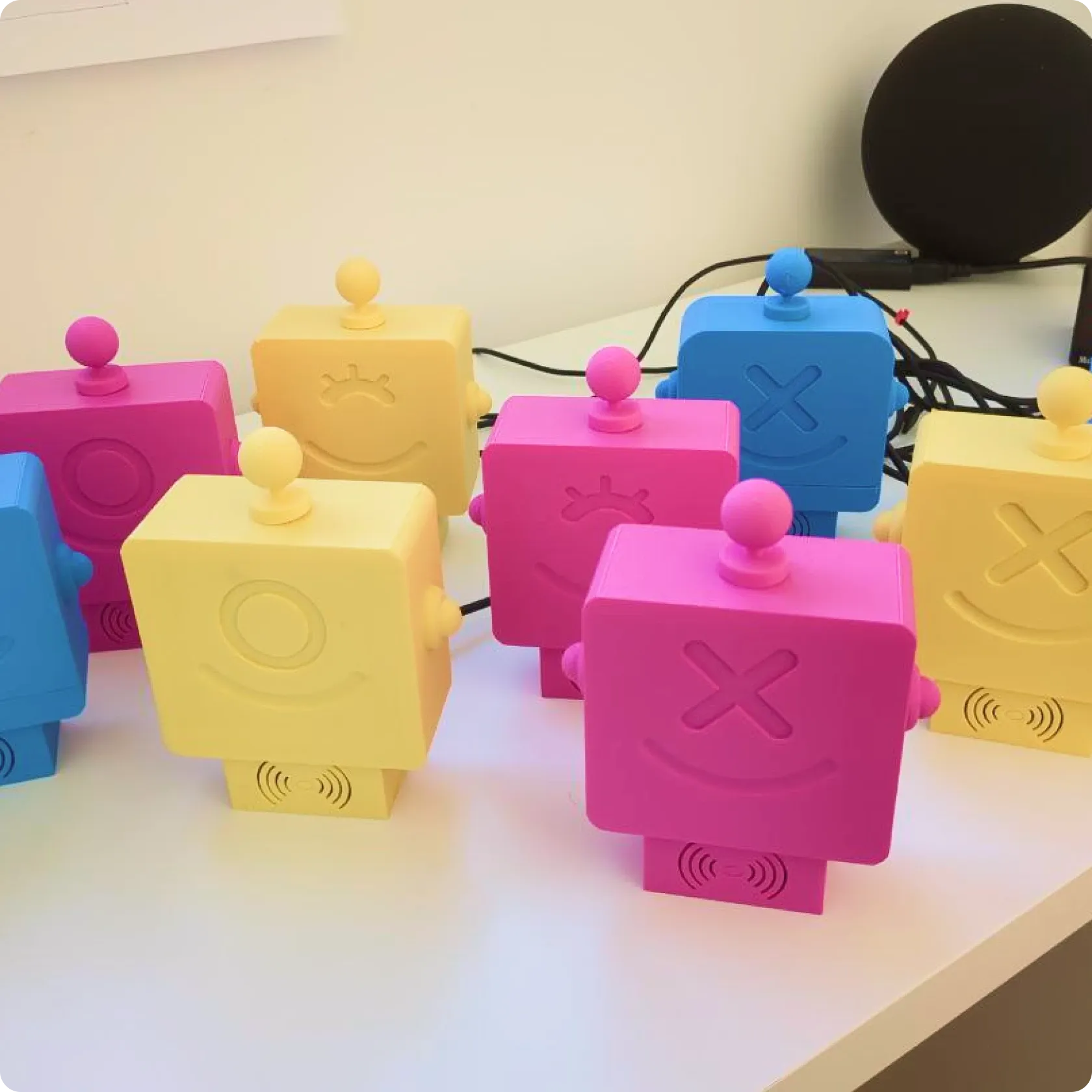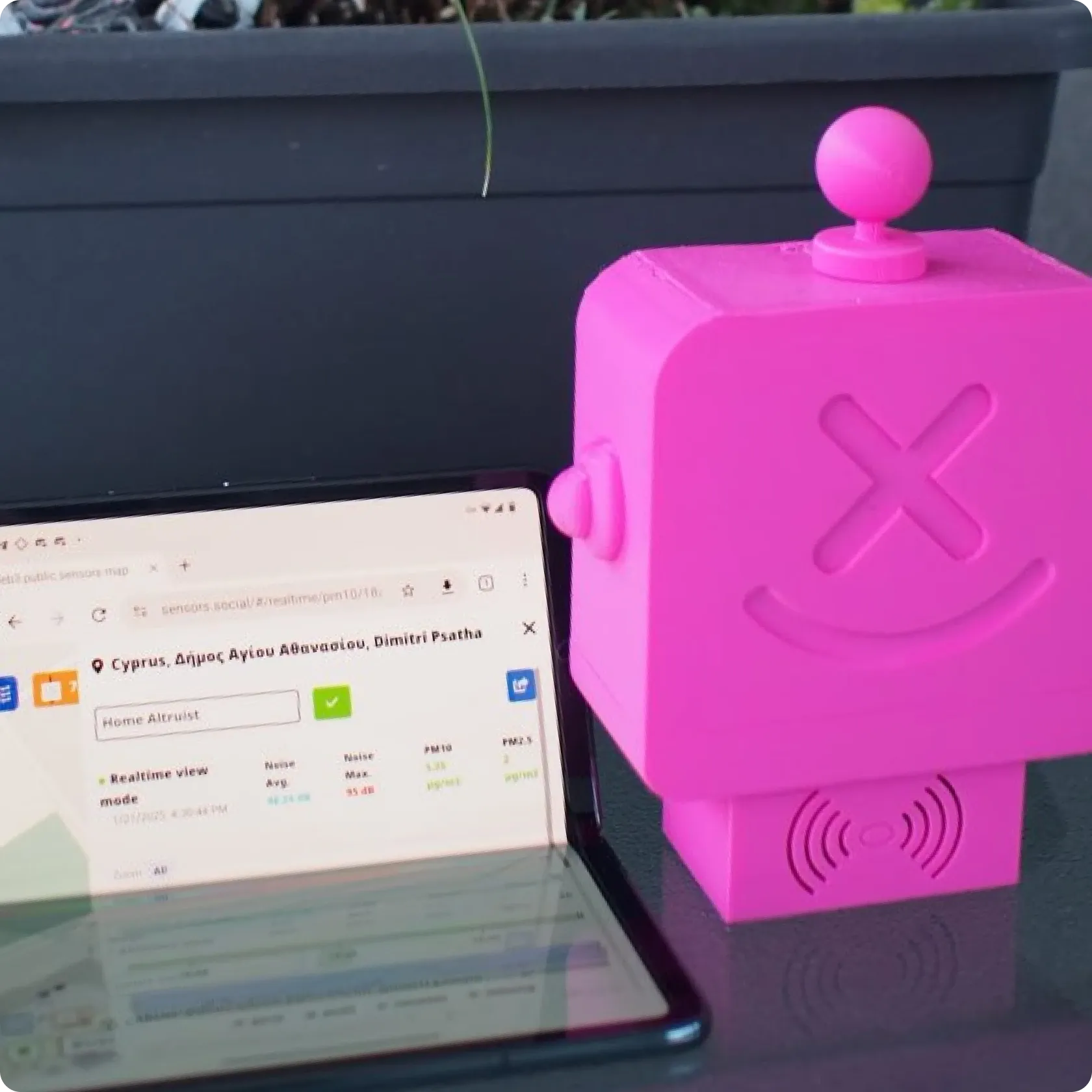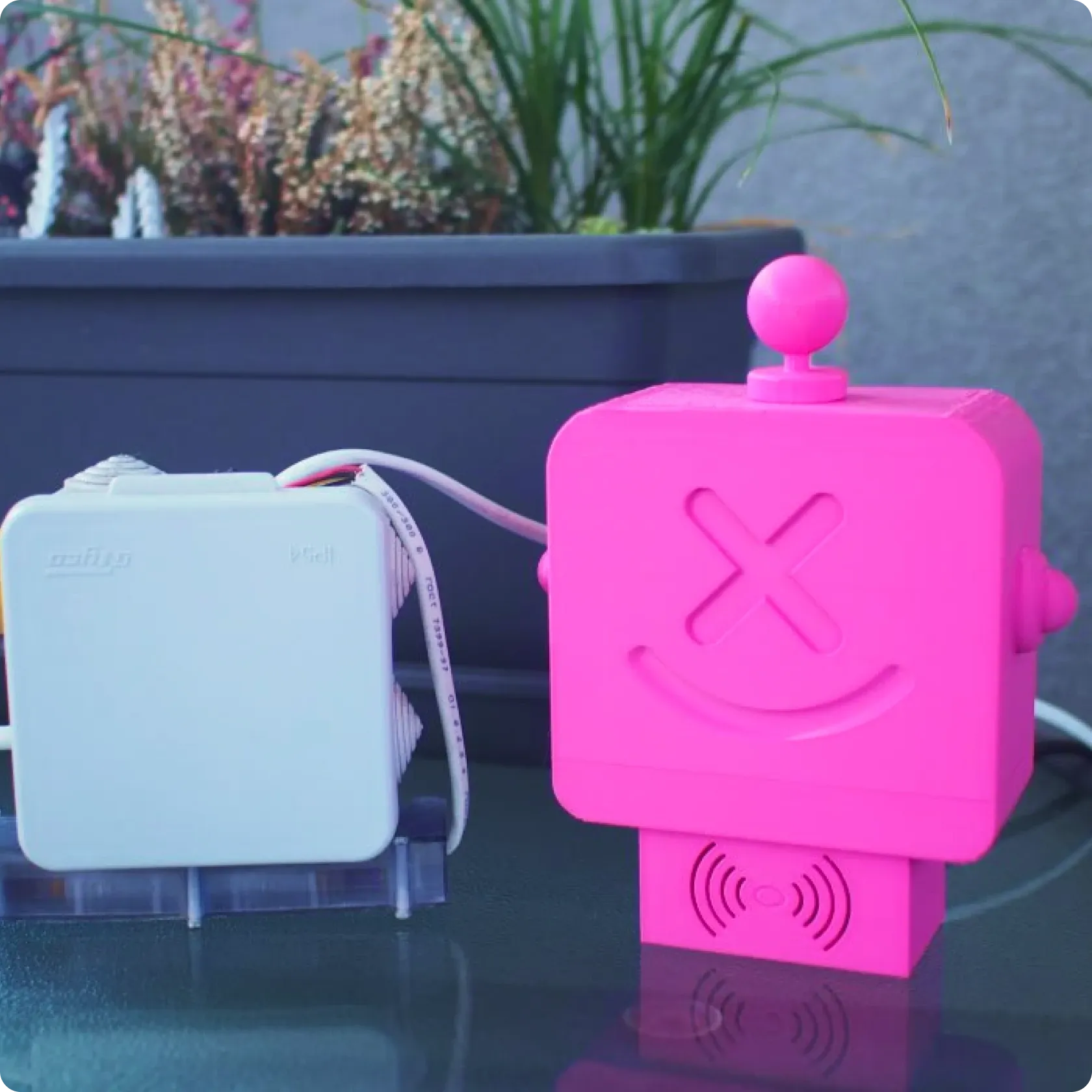With the Altruist Outdoor Sensor, you become a force in decentralized environmental monitoring. Capture noise, dust, and temperature data—encrypted, mapped, and shared across a distributed network.
Experience the power of true DePIN (Decentralized Physical Infrastructure Network) — a revolutionary technological movement brought to life and thriving for years on our decentralized sensor map.
1. Join the Altruist Collective
Plug the device into the global, decentralized sensor map.
Share your environmental intel with your neighbors, your community, or your decentralized network.
2. Operate your own Data Server +
Data processing is always a sensitive issue. That's why we offer a fully open-source connectivity module giving you the freedom to choose which servers to use for processing. No proprietary clouds, no hidden code.
Keep in mind, you can join the global decentralized sensor map even with a sensor connected through your own server!
3. Run your own Interactive Map ++
Love the idea of a decentralized map but want to customize it with extra layouts and become an administrator of new sovereign sensor infrastructure? You can deploy your own version by forking our open-source code on GitHub (be sure to check the license type). Remember to use open-source resources responsibly.
Steps to set up your Connectivity
With Robonomics decentralized map you can use Robonomics Connectivity or create your own Connectivity Service. Robonomics Connectivity: Robonomics established three Connectivity hubs to ensure a stable connection. This option switched on by default on the station. Your own Connectivity: You may launch your own hub for receiving data from Altruist Civil Station and further processing.
-
Deploy Connectivity
Technical requirements:
- 2 CPU cores;
- 4 GB RAM;
- 40 GB storage;
- Static IP.
Than set up connectivity module and follow the instructions.
-
Connect a station to your connectivity
- Open your sensor settings by its IP.
- Go to APIs settings.
- Check the checkbox for sending data to custom API and fill corresponding fields (server IP, ports, etc.).
-
Join with your setup to global map (optional)
If you want to publish data to the global map,
you need to make two pull requests:
- Add IPFS ID of your Connectivity to agents list of sensor map:
https://github.com/airalab/sensors.social/blob/master/src/agents.json
- Add parachain address of your Connectivity to template agents list of long-term storage server:
https://github.com/airalab/RoSeMAN/blob/master/config/agents.template.json
Steps for launching your own map
-
Deploy web interface
- Fork the map repository:
https://github.com/airalab/sensors.social
- Edit the settings to customize your map, including the domain, provider, starting viewpoint, and your connectivity IPFS ID for the list of agents.
- Deploy your own version of the web interface and begin receiving real-time data from your sensor.
Full guide here:
https://github.com/airalab/sensors.social?tab=readme-ov-file#setup-your-own-map
-
Launch long-term storage
Simply collecting data from sensors is not enough; it needs to be processed. Tweak a server for collecting sensor’s data based on with open-source node.js software Robonomics Sensors Measure Analytics and Archive Node (RoSeMAN) and get your own working server for long-term map data storage.
Technical requirements:
- 2 CPU cores;
- 4 GB RAM;
- 40 GB storage;
- Static IP.
Steps for launching a storage:
- Fork the RoSeMAN repository:
https://github.com/airalab/RoSeMAN
- Choose Docker or Node.js (required MongoDB database) version.
- Add a parachain address of your Connectivity to agents list.
- Add RoSeMAN domain to remote provider of map.
- Run the project.
Guide for Altruist setup
Check the full guide on our wiki: https://wiki.robonomics.network/docs/altruist/


